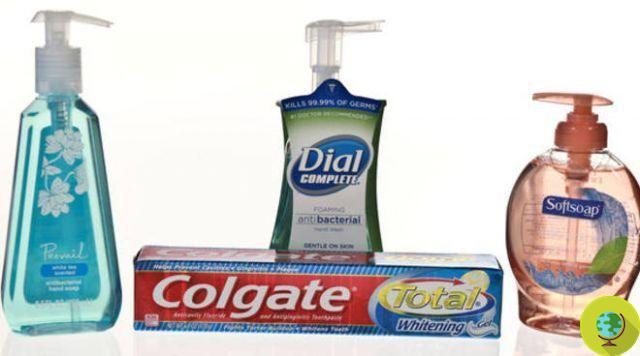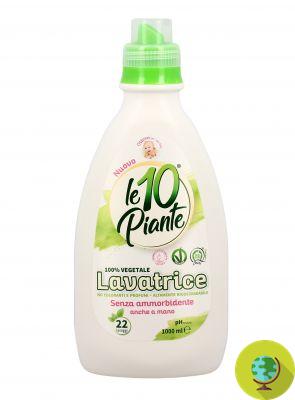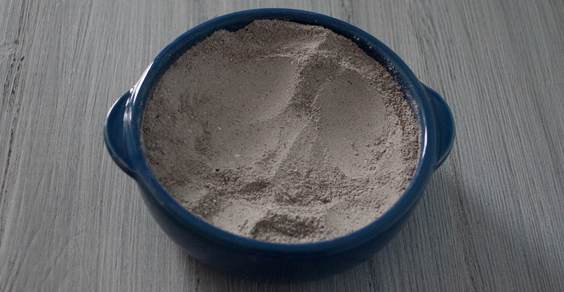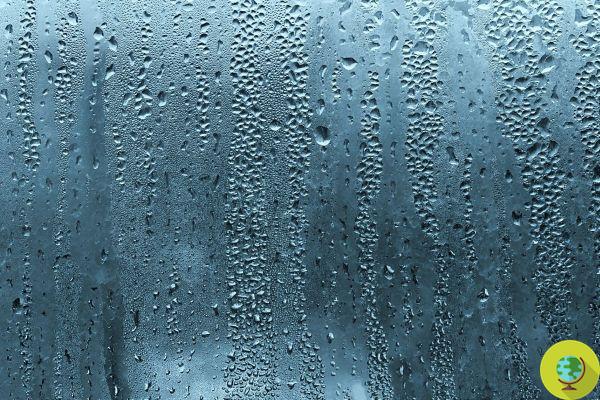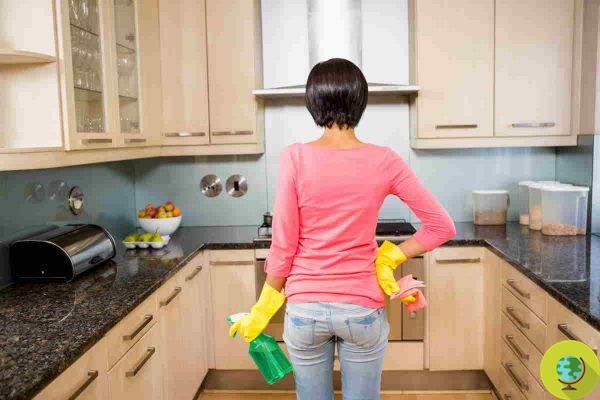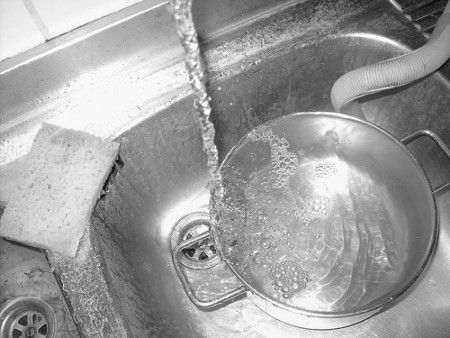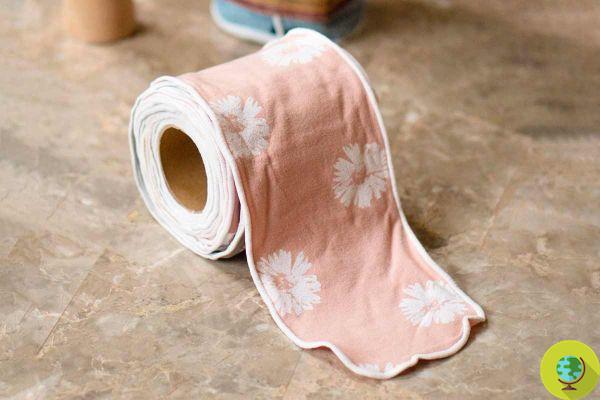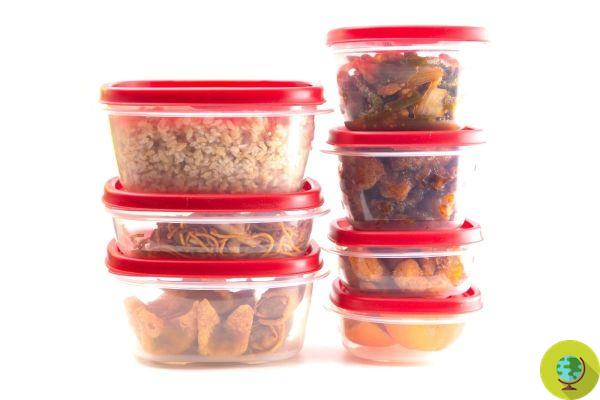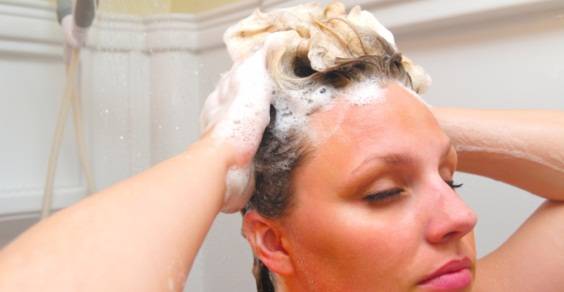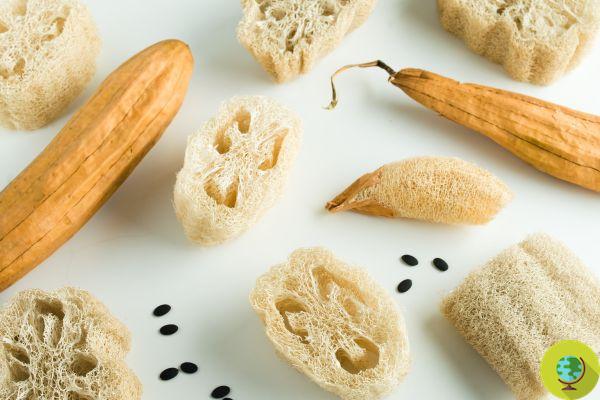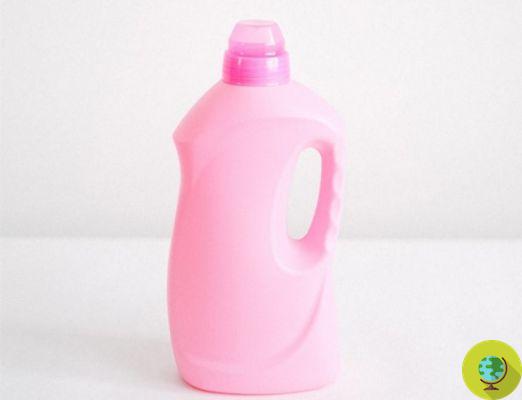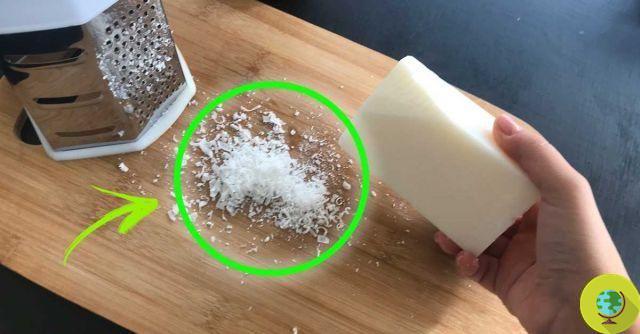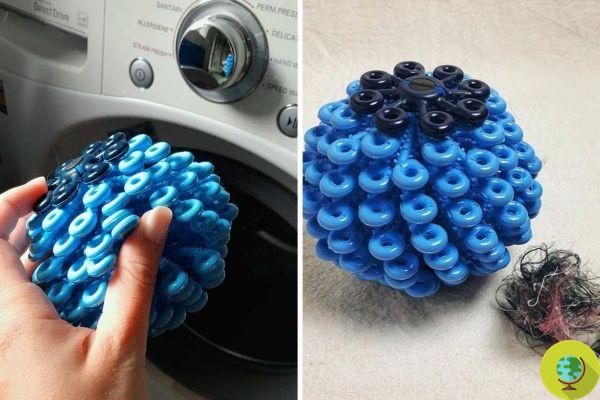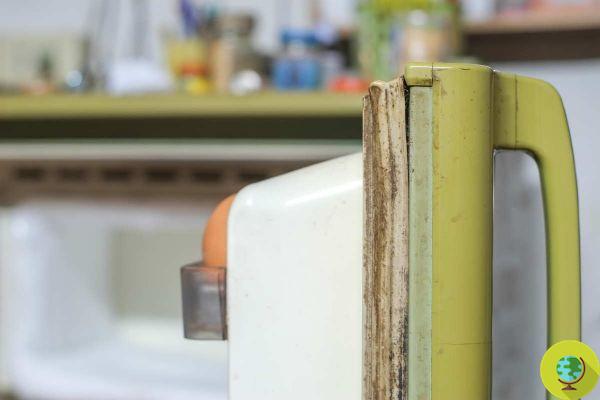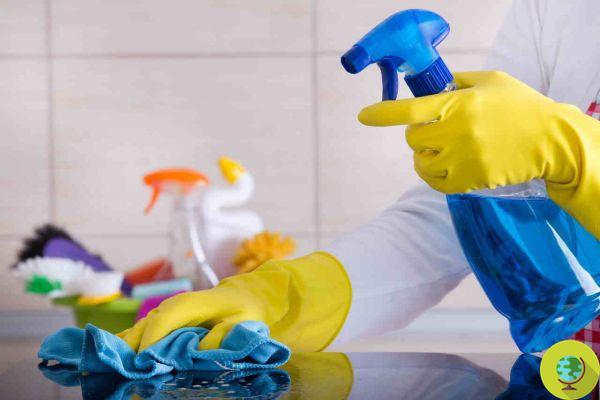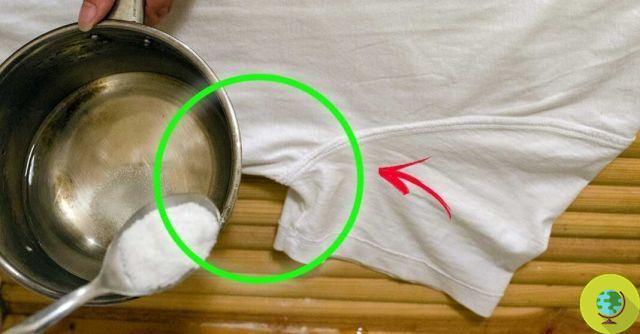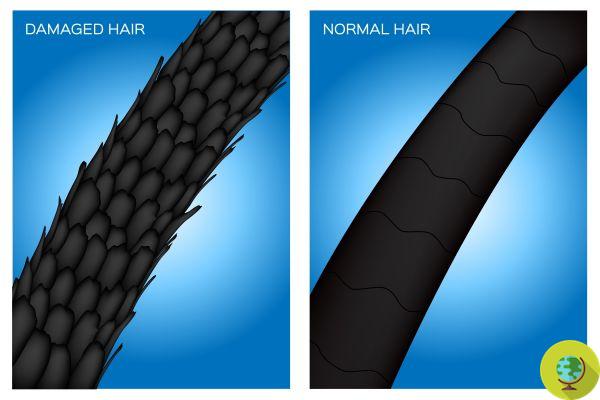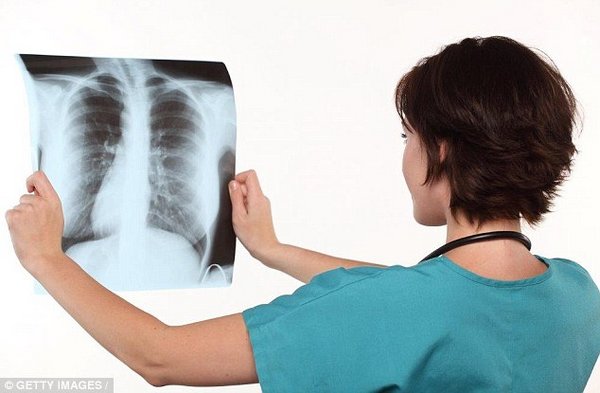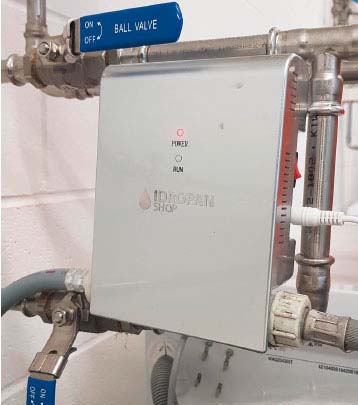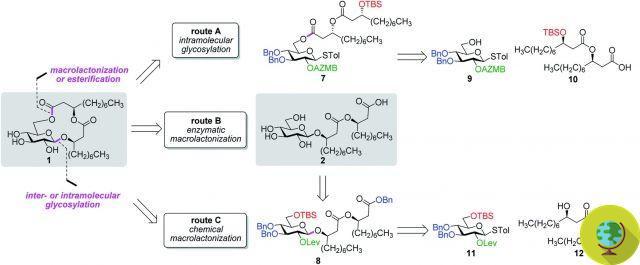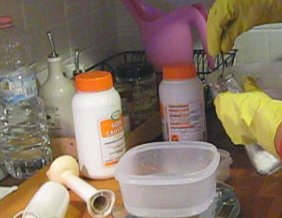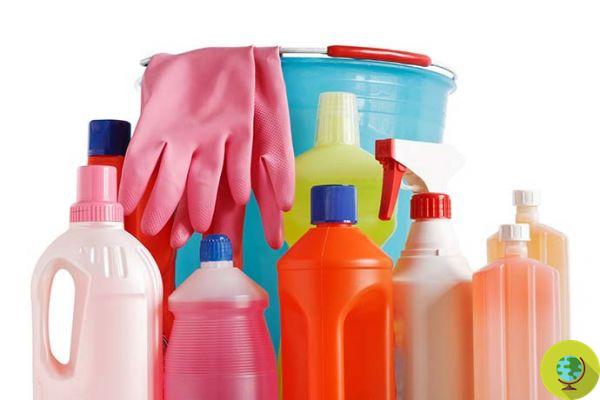
We all find ourselves more or less daily to deal with house cleaning. Behind this apparently harmless activity, there are actually risks to our health. In fact, the common detergents on the market contain harmful substances and it would always be good to opt for decidedly more ecological and natural solutions.
He is about to end up run over, his mother saves him
We all find ourselves more or less daily struggling with housecleaning. Behind this apparently harmless activity, there are actually risks to our health. The common detergents on the market contain in fact harmful substances and it would always be good to opt for decidedly more ecological and natural solutions.
On the shelves of supermarkets we find a large quantity of products, each suitable for a different purpose: disinfecting sanitary ware and surfaces, washing floors, doing laundry, degreasing the kitchen, etc. As always, we should learn to recognize the ingredients that are inside in order to avoid the most aggressive and dangerous to health.
By using these cleaning products, in fact, we will release chemicals into our environments that are easily inhaled or with which we could come into contact through the hands or other parts of the body. Among other things, ingredients that are also dangerous for children, especially small ones who can even inadvertently ingest them.
But what are potentially dangerous household cleaning products?
Index
Bleach
It is a very widespread product and at the same time also one of the most toxic. Exposure to this substance can irritate the skin and eyes but also create respiratory problems up to real asthma attacks. According to a study, it exposes children in particular to the risk of respiratory infections and other types of infections. If you really have to use it, remember not to mix it with other substances (it can release toxic gases in this way) and to keep it in a safe and well ventilated place. However, it is better to replace it as much as possible with natural disinfectants.
Read also: Natural disinfectants for the home
Ammonia
Equally present in our homes, it is generally used for degreasing or polishing glass. However, in addition to being particularly polluting, this ingredient can also have harmful effects on health by triggering asthma attacks and even having repercussions on our brain in case of prolonged exposure. Also in this case you can very well avoid buying ammonia by replacing it with natural ingredients with a degreasing power such as white vinegar and lemon juice.
Perfumes and air fresheners
Having a fragrant home, as well as clean, is a little bit of everyone's dream but this goal must not be achieved at the expense of our health. Perfumes and air fresheners are often made with chemicals that in most cases are highly allergenic and, in the most sensitive people, can cause respiratory problems but also skin irritation. Among other things, we don't really need these products since there are much better natural solutions such as essential oils that can be diffused in the rooms or added to do-it-yourself or ecological detergents for house cleaning.
Read also: Air Fresheners: 8 Natural, Non-Toxic Alternatives That Really Work
Caustic soda
Caustic soda, or sodium hydroxide, is a chemical substance that must be handled with extreme caution given its great power and reactivity. In contact with water it releases a very high temperature and becomes highly corrosive. It is obviously very useful for degreasing and cleaning toilet drains, for example, but on the other hand it can cause serious damage to our skin and eyes. It is always better to choose more delicate alternatives such as exploiting the reaction between sodium bicarbonate and citric acid.
Read also: Caustic soda: use at home and all precautions
Formaldehyde
Formaldehyde can be found in household cleaning products, a much discussed substance as it is included in the group of human carcinogens both inhaled and ingested. Being in contact with this substance continuously can lead to irritation of the skin, mouth, eyes and create serious respiratory problems. Therefore, always be careful to read the list of ingredients of the products you buy and if you find formaldehyde or formalin written, leave them on the shelves.
Read also: 8 ways to reduce our formaldehyde exposure at home
Borax
Borax (sodium borate), also known as sodium borate, is often used in formulations of laundry or household cleaning detergents. However, it is a highly debated ingredient for its possible harmful effects on health. Studies in this regard have shown that prolonged exposure has negative effects on libido and reproduction, as it can interfere with the hormonal system. It is also potentially irritating to the skin and mucous membranes. Again natural ingredients such as baking soda, lemon juice, vinegar and salt can worthily replace it.
Read also: Is borax toxic?
Muriatic acid (hydrochloric acid)
Muriatic acid or hydrochloric acid is a product that is used above all to remove the most stubborn dirt from surfaces given its great descaling power. However, it is a chemical substance that is particularly dangerous for health as, once diluted in water, it is very volatile and therefore we risk inhaling it, exposing ourselves to irritation of the respiratory tract. Another problem can be accidental contact with this corrosive substance which can strongly inflame and burn the skin. Better as always to opt for more natural solutions even if less descaling.
Quaternary ammonium compounds
These substances, present in household cleaning products in particular for their antibacterial and disinfectant power, are potentially irritating to the respiratory system and could cause asthma. Even inadvertently ingested they are obviously toxic. So let's check the list of ingredients of our detergents in order to avoid these substances. We can alternatively use bicarbonate and tea tree oil to disinfect environments and surfaces.
Ethanolamine
These are surfactants that in the list of ingredients of the products we can find in various forms: monoethanolamine, diethanolamine and triethanolamine. They are mainly present in washing machine detergents but also in those for cleaning floors and tiles. The problem with ethanolamines is that they have been linked to an increased risk of suffering from respiratory problems including asthma.
Toulene
Especially products used to polish metals and silverware may contain toulene, a substance that acts as a solvent but can cause nausea, headaches, dizziness and hallucinations. Prolonged exposure can even damage the proper functioning of the kidneys, liver and brain, and is also toxic for reproduction.
As you will have understood, the best for our health is to immediately switch to ecological cleaning at home.
Here are some articles that may be useful to you:
- Ecological cleaning: 10 products you won't have to buy anymore
- Ecological cleaning: 10 ways to use temperature instead of chemicals
- Do-it-yourself detergents: the guide to eco-friendly and affordable do-it-yourself cleaning
On the subject read also:
- Cleaners Hall of Shame: the black list of the most toxic detergents
- 10 carcinogenic products to eliminate from your homes
- 10 things in the house that could be bad for your pet's health




